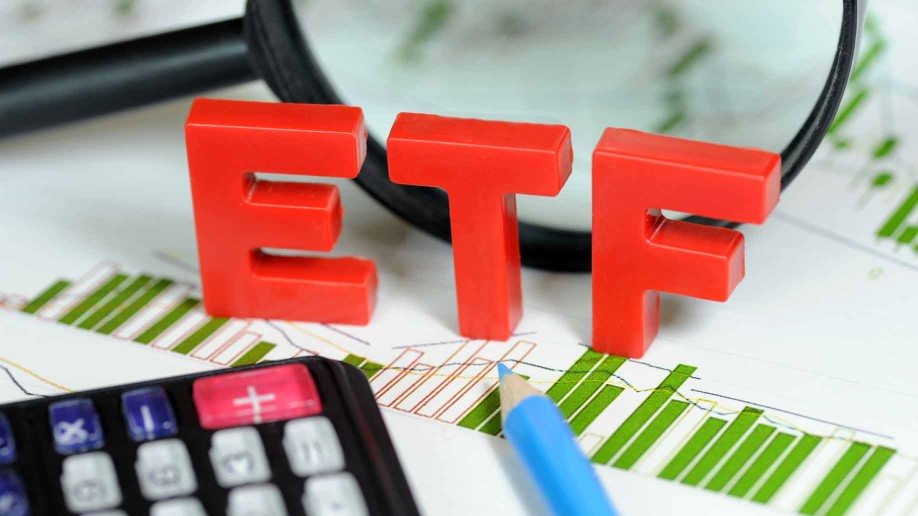 What does the American Dream mean to you? For many, it means having financial security, and having the ability to provide an education to children, take care of parents, retire comfortably, or remain independent while growing old.
What does the American Dream mean to you? For many, it means having financial security, and having the ability to provide an education to children, take care of parents, retire comfortably, or remain independent while growing old.
But achieving financial security is not easy. A 2015 Pew Research Poll suggests that more than half of Americans are not financially prepared for the unexpected, or otherwise spend more than they make each month. 8 of 10 Americans worry about their lack of savings. At the same time, most Americans recognize that regularly saving and investing a portion of their income is the foundation of financial security. While savings accounts are a critical component in an investment plan with their low risk and high liquidity, most investors need the higher potential returns of equity ownership.
The Evolution of Equity Investment Vehicles
Portfolios of Individual Stocks
After World War II, Merrill, Lynch, Pierce, Fenner & Beane (the predecessor to Merrill, Lynch, Pierce, Fenner & Smith, Inc.) initiated a campaign to “bring Wall Street to Main Street” that included pamphlets and seminars teaching the public how to invest in the common stocks of America’s corporations. By 1947, the company was responsible for 10% of the transactions on the New York Stock Exchange; three years later, it had become the largest brokerage firm in the world. Wall Street firms encouraged investors to own stocks of individual companies, promoting investment clubs and Monthly Investment Plans. The public eagerly responded to the new investment, driving annual volume on the NYSE from 377.6 million shares in 1945 to over a billion shares by 1961, according to NYSE Market Data.
Despite the success, many potential investors had limited capital or lacked the time or expertise to successfully analyze or monitor the stock market. These deficiencies led to a demand for professionally managed portfolios that could be shared by hundreds of investors for reduced costs, investment risk, and volatility: the mutual fund.
Professionally-Managed Portfolios – Mutual Funds
In 1928, the Wellington Fund—the first mutual fund to include stocks and bonds—appeared. Within a year, there were 19 open-end funds and about 700 closed-end funds, the majority of which were wiped out in the Wall Street Crash of 1929. When America’s economy boomed in the 1950s, interest in pooled, professional management of stock portfolios – mutual funds – resurfaced. A mutual fund is often defined as a basket of stocks, bonds, or other assets. It’s managed by an investment company for investors who don’t otherwise have the resources to buy or manage a collection of individual securities themselves.
Demand for the new investment vehicle exploded. Gene Smith, writing for The New York Times on October 6, 1958, claimed, “The butcher, the baker, the candlestick maker, the cop on the beat, the housewife — all have one thing in common today: they’re pouring more and more dollars into mutual funds.”
According to the Investment Company Fact Book, the net purchases by households of mutual fund shares exceeded the purchase of corporate stock shares for the first time in 1954. And by the end of 2014, households held almost $12.5 trillion of mutual funds of different types (equity, bond, and balanced).
Index Tracking Mutual Funds
However, even as investment in mutual funds increased, some began to question whether the performance justified the high fees of management. Read more . . .

